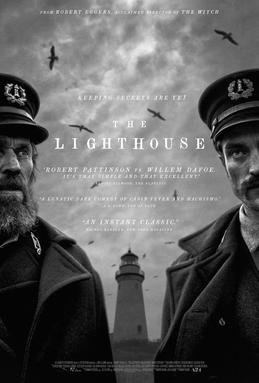Let’s be honest, film bros. Guillermo Del Toro is very hit or miss, and he hasn’t had a good movie since Crimson Peak, and he hasn’t had a great movie since Pan’s Labyrinth. Pan’s Labyrinth is a horrific fairy tale set just after the Spanish Civil War and follows a little girl, Ofelia, as she acclimates to her new stepfather who happens to be one of the biggest jerks ever put to film.
Ofelia and her pregnant mother, Carmen, travel to be with Ofelia’s new stepfather, Captain Vidal, where he is posted as he hunts down rebels against Falangism. One night, Ofelia sees a stick insect in her room. Thinking it’s a fairy, she lets the insect lead her to a stone labyrinth in the woods. However, she is stopped by Mercedes, Vidal’s housekeeper who financially supports her brother, Pedro, and the other rebels. Later that evening, the insect returns and transforms into a fairy, once again leading Ofelia to the labyrinth. This time, she meets a faun who believes her to be the reincarnated Princess Moanna. Princess Moanna was the daughter of the king of the underworld who went to the surface world, became mortal and died. The king built these labyrinths across the world to acts as portals because he believes the spirit of the princess will one day return.
The faun tells Ofelia that she must complete three tasks in order to become immortal and return to her real father in the underworld. She completes the first task easily enough, but for the second one, she is instructed to not touch anything that belongs to the Pale Man, a child-eating monster, but she eats two grapes, which wakes the Pale Man up and he chases after her. She narrowly escapes, but the faun is furious with her disobedience. After this, Ofelia witnesses Vidal killing and torturing rebels. Her mother also dies during childbirth. The faun tells Ofelia that the third task is to bring her newborn brother to the labyrinth. She sneaks off with the baby as the rebels attack Vidal’s camp. The faun tells her to spill some of her brother’s blood to complete the task but Ofelia refuses. Vidal appears, takes his son, and shoots Ofelia. He is killed by the rebels shortly after and the boy is given to Mercedes to raise. Ofelia’s own blood spills onto the threshold of the portal and she appears before the king of the underworld who greets her cheerfully, claiming that her willingness to spill her own blood instead of her brother’s is what completed the third task. The faun greets her happily and Ofelia is offered a seat next to the queen, her mother.
The movie is left to interpretation. Was Ofelia really the spirit of the princess, or did she just die and dream this on her way out? I guess since her dad is supposedly king of the underworld, it could be both. Either way, I appreciate the simultaneous use of fairy tales as life lesson and coping mechanism. In the same way that mythology works, fairy tales have the ability to express deep truths and also offer explanations for the inexplicable. As far as Pan’s Labyrinth is concerned, it’s genuine approach to death and life’s unfairness, as well as the institutions that make it unfair, keep it weighted down and makes it hit closer to home for all of us.
Bonus Review: The Lighthouse

Inspired by an unfinished story by Edgar Allen Poe and a myth about the mysterious deaths of a couple of lighthouse wickies in Wales, The Lighthouse follows two wickies as they spend their time in isolation. Over the course of the film, the two slowly descend into drunken madness. That descent ramps up ever more when Robert Pattinson’s Ephraim kills a one-eyed seagull, something that Willem Dafoe’s Thomas superstitiously warns him against doing. This film is filmed in black and white and contains frequent use of period-accurate maritime dialogue, which gives it a greater sense of historical and mythological presence. Robert Eggers’ previous film, The Witch, also notoriously keeps its depiction accurate to the period in which it is based, making Eggers an interesting new-ish director to watch.
The Lighthouse is immersive in a way that very few movies made today are. Movies that come out these days are looking for the latest and greatest technology to tell their stories, but The Lighthouse uses old technology – filmed on old cameras and outdated film stock – and tells a confined story that requires very little in the ways of set design. The surrealist nature of the increasing hallucinations isn’t even that out of place, though instead of a bullet-looking rocketship crashing into the eye of the moon, we have detailed mermaid anatomy. In this respect, it maybe suffers from too much of the modern, but the old-timey dialogue makes up for it, I promise.